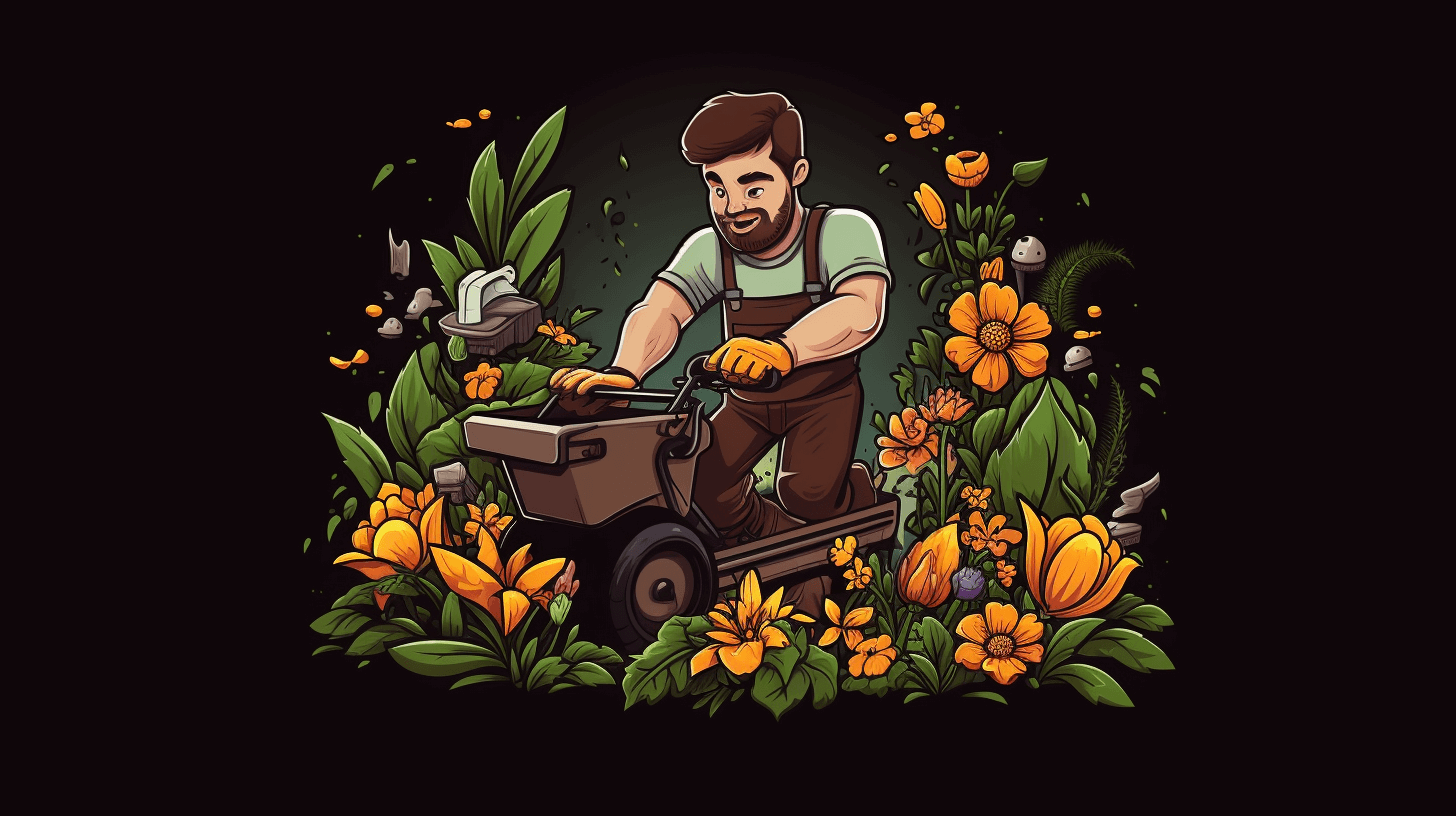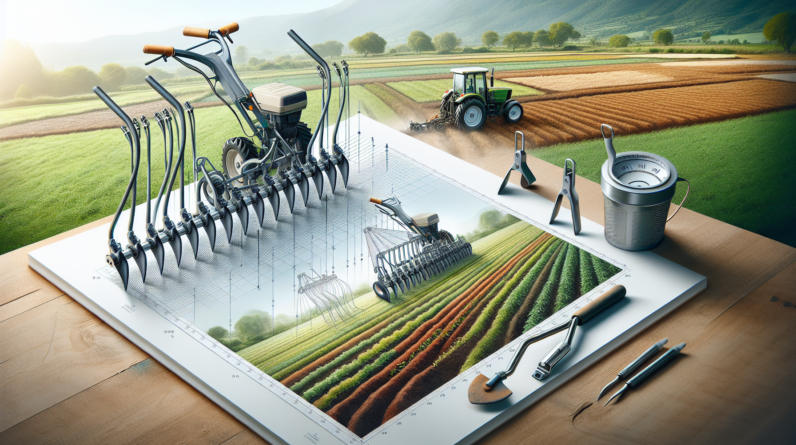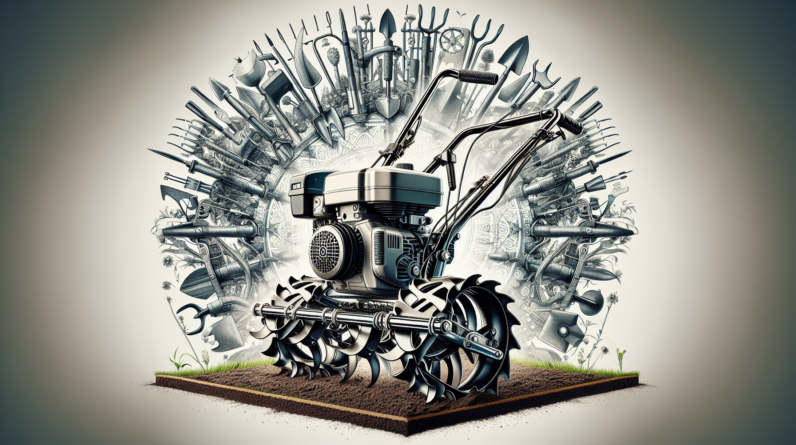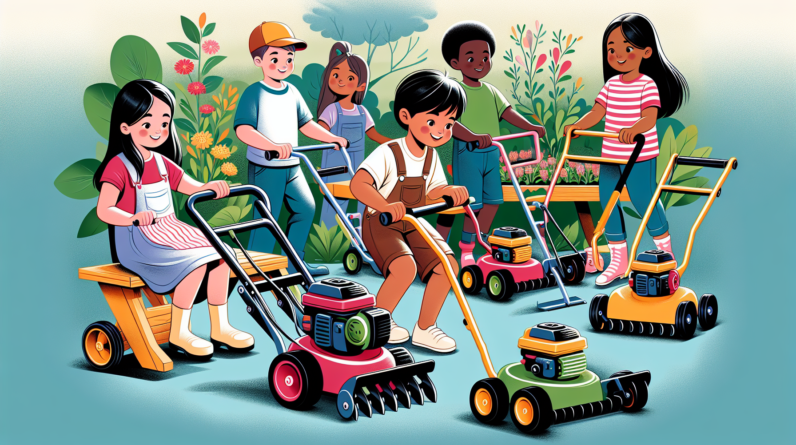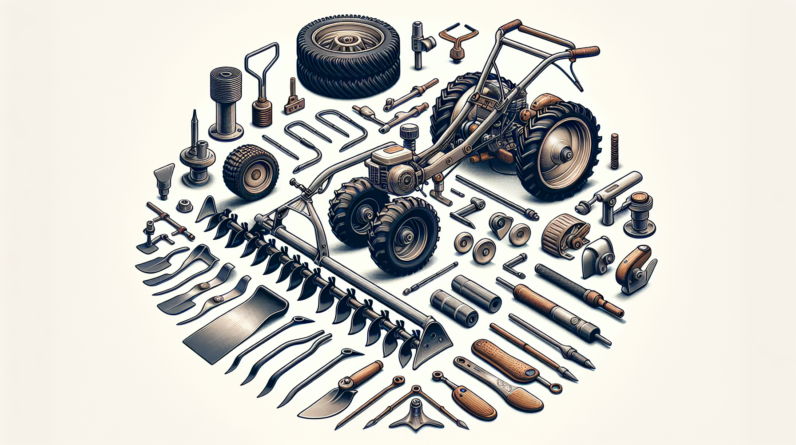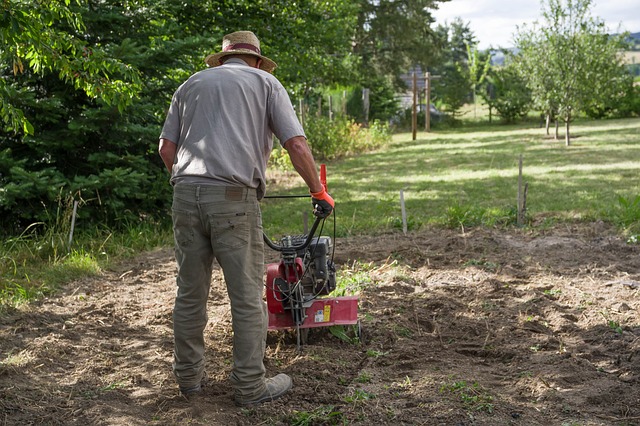
A Comprehensive Guide to

Choosing the Right Tiller for Your Garden
Hey there, fellow gardening enthusiasts! When it comes to tending to our beloved gardens, having the right tools makes all the difference. And one tool that can significantly simplify the gardening process is a tiller. In this comprehensive guide, I’ll walk you through the ins and outs of choosing the perfect tiller for your garden. So let’s dive in and uncover the secrets to successful soil cultivation!
Understanding Your Garden’s Needs
Before we embark on our tiller journey, it’s crucial to understand what your garden needs. Start by assessing the size and type of your garden. Are you tending to a small urban oasis or a sprawling backyard paradise? Consider the soil condition and texture as well. Is it compacted clay or loose and loamy? Lastly, identify the specific tasks you’ll need the tiller for—whether it’s preparing new flower beds, cultivating soil for a vegetable garden, or controlling weeds.
Types of Tillers
Now that we have a better understanding of our garden’s needs, let’s explore the different types of tillers available:
Front Tine Tillers
Front tine tillers are perfect for small to medium-sized gardens. They are easy to maneuver and operate, making them a popular choice for beginners. These tillers have tines located in the front, and they work by digging into the soil as you push the machine forward.
Rear Tine Tillers
For larger or more challenging gardening tasks, rear tine tillers are the go-to choice. With tines positioned at the back of the machine, they provide more power and stability. Rear tine tillers come in both standard and counter-rotating models, offering versatility for different soil conditions.
Mini Tillers
If you have a small garden or tight spaces to navigate, mini tillers, also known as cultivators, are your best bet. These lightweight and compact machines are excellent for maintaining existing garden beds, tilling around plants, or aerating soil in raised beds.
Electric Tillers
Electric tillers have gained popularity for their eco-friendly and hassle-free operation. They are ideal for small to medium-sized gardens and offer quiet performance without the need for gas or oil. Just plug them in, and you’re good to go!
Gas-Powered Tillers
When it comes to sheer power and tackling larger projects, gas-powered tillers reign supreme. These machines pack a punch and can handle challenging soil conditions. They provide greater mobility since they don’t rely on a power cord, making them suitable for expansive gardens.
Garden Size Considerations
Now that we’re acquainted with the different types of tillers, let’s focus on selecting the right size for your garden:
Small Gardens
For petite garden spaces, such as balconies or compact yards, opt for mini tillers or small front tine tillers. These nimble machines offer maneuverability and are perfect for maintaining flower beds or herb gardens.
Medium Gardens
If you have a medium-sized garden with a variety of plants and vegetation, consider medium-sized front or rear tine tillers. They provide the power and tilling capacity necessary to handle larger areas while still being manageable.
Large Gardens
For sprawling landscapes or large-scale gardening projects, invest in a heavy-duty rear tine tiller. These beasts can effortlessly handle substantial soil cultivation, making them a reliable choice for ambitious gardeners.
Tilling Depth
The depth at which you need to till your soil depends on various factors, such as the type of plants you’re growing and the soil condition. Let’s explore how to determine the appropriate tilling depth for your garden:
Determining Depth
For most garden tasks, a tilling depth of 6 to 8 inches is generally sufficient. However, if you’re preparing a new garden bed or need to break up compacted soil, consider tilling deeper—around 10 to 12 inches. Remember, different plants have specific root systems, so be mindful of their requirements.
Adjustable Tilling Depth Feature
When choosing a tiller, prioritize models with adjustable tilling depth features. This allows you to tailor the depth according to your garden’s needs, providing flexibility and versatility.
Tiller Features
Now let’s delve into the features you should consider when selecting a tiller:
Adjustable Tilling Depth
As mentioned earlier, having the ability to adjust the tilling depth is crucial. This feature ensures that you can adapt to various gardening tasks and accommodate different plant needs.
Tine Rotation Options
Some tillers offer the flexibility of tine rotation options. This means you can choose between forward and reverse rotation, allowing you to tackle different soil conditions or specific tasks such as weeding or cultivating.
Foldable Handlebars
Foldable handlebars make storage and transportation a breeze. Look for tillers with this convenient feature, as it saves space in your shed or garage and makes maneuvering through tight spots easier.
Engine Power
Consider the engine power of the tiller, typically measured in cubic centimeters (CC) or horsepower (HP). Larger gardens or challenging soil conditions may require more powerful engines to ensure efficient performance.
Budget-Friendly Tillers
Gardening doesn’t have to break the bank. Let’s explore some budget-friendly tiller options:
Researching and Comparing
To find affordable tillers, start by researching and comparing prices and features. Look for sales, discounts, or clearance offers from reputable manufacturers or local dealers. Online marketplaces and gardening forums can also provide valuable insights and recommendations.
Consider Used Tillers
Another cost-saving option is purchasing a used tiller. Many gardeners upgrade their equipment, meaning you can find well-maintained tillers at a fraction of the price. Ensure you inspect the machine thoroughly and test it before finalizing the purchase.
Reading Reviews
Reading reviews and ratings is an excellent way to find budget-friendly tillers without compromising quality. Look for user testimonials and experiences to gauge the reliability and durability of the machine before making your decision.
Manufacturer Warranties
When purchasing a tiller, pay attention to the manufacturer’s warranty:
Importance of Warranty
A solid warranty offers peace of mind and protects your investment. Check the warranty period and what it covers, including parts and labor. Reputable manufacturers often provide longer warranties, reflecting their confidence in the product’s quality.
Comparing Warranty Offers
Compare warranties from different brands to determine which one offers the best coverage. Look for warranties that include customer support and service centers to ensure you can easily access assistance if needed.
Expert Advice
Sometimes, a little expert advice can go a long way:
Seeking Professional Guidance
Don’t hesitate to reach out to professionals or experienced gardeners for advice on choosing the right tiller. Local garden centers or rental services can provide valuable insights and recommendations based on your specific needs and gardening goals.
Testing and Comparing Tillers
If possible, visit local dealers or rental services to test different tiller models. Get a feel for the machine, assess its performance, and check if it suits your gardening style. Comparing tillers side by side allows you to make a more informed decision.
Conclusion:
Congratulations! You’ve journeyed through the world of garden tillers and gained valuable insights into choosing the right one for your garden. Remember to consider your garden size, power source, desired features, and budget when making your decision. Happy tilling and enjoy the fruits (and veggies) of your labor!
FAQ
Q: What is the ideal tilling depth for a vegetable garden?
A: Most vegetables thrive in soil tilled to a depth of 6 to 8 inches. However, some root crops like carrots may require deeper tilling up to 10 inches to accommodate their growth.
Q: Can I use an electric tiller for a large garden?
A: Electric tillers are better suited for small to medium-sized gardens due to their power limitations and cord length. For large gardens, gas-powered tillers provide the necessary strength and mobility.
Q: How often should I perform maintenance on my tiller?
A: Regular maintenance is essential for optimal performance and longevity. Follow the manufacturer’s guidelines for oil changes, spark plug replacements, and general cleaning. Additionally, inspect the tines for wear and tear and lubricate moving parts as needed.
Q: Should I buy a front tine or rear tine tiller for my flower beds?
A: Front tine tillers are generally sufficient for maintaining flower beds. They offer maneuverability and can effectively cultivate the soil around delicate flowers. Rear tine tillers are better suited for larger-scale projects or when dealing with compacted soil.
Q: Can I rent a tiller instead of purchasing one?
A: Renting a tiller can be a cost-effective solution, especially for occasional or one-time use. Rental services often offer a variety of tiller types and sizes to meet your needs.
Remember, the key to successful gardening is choosing the right tiller that suits your specific requirements.
